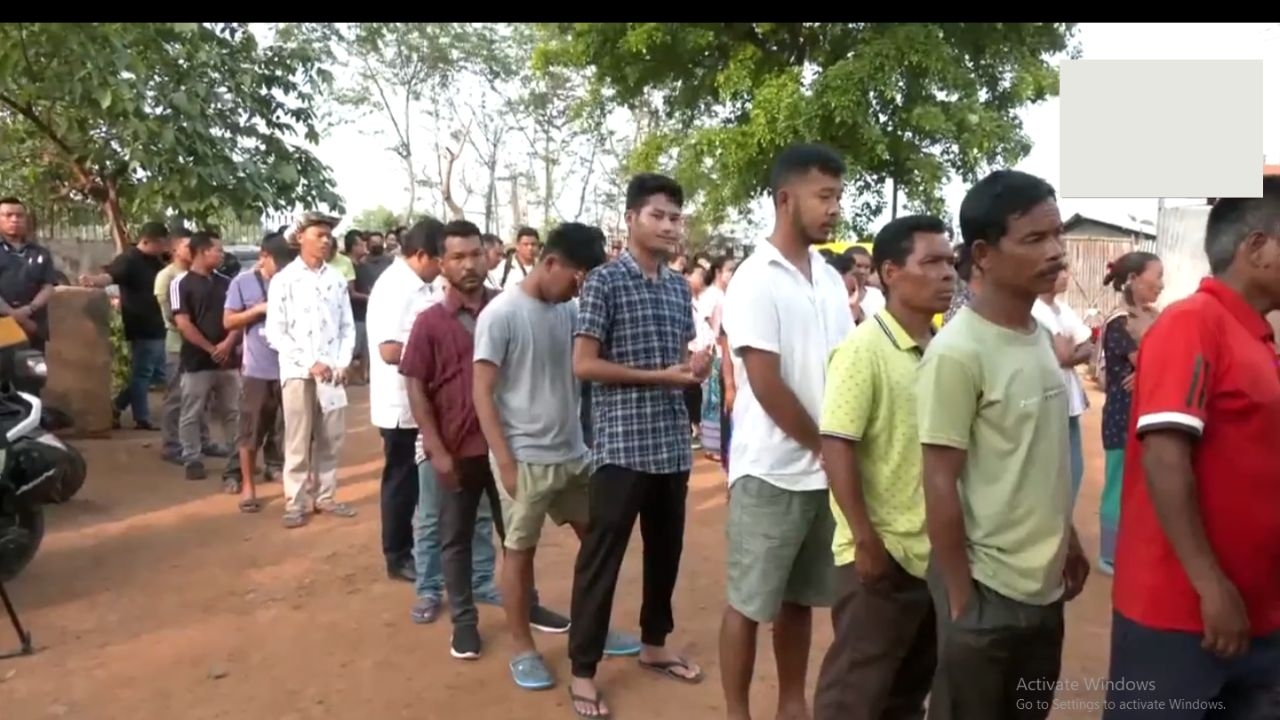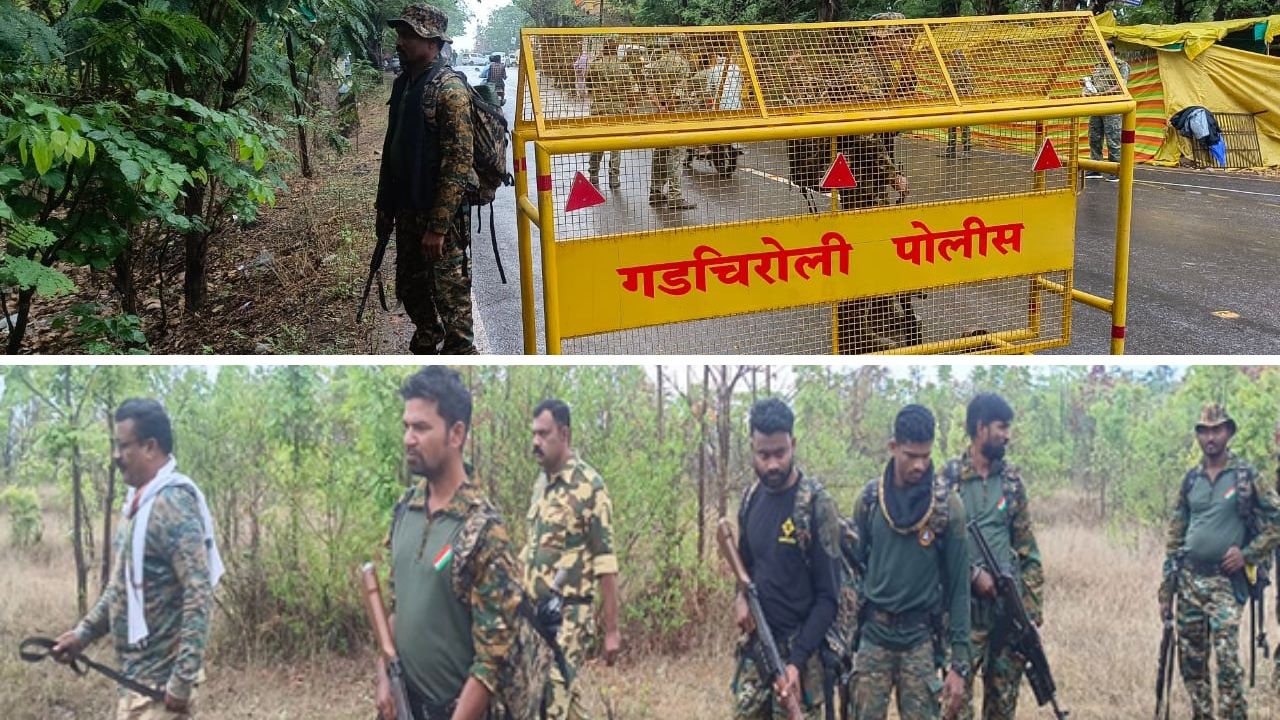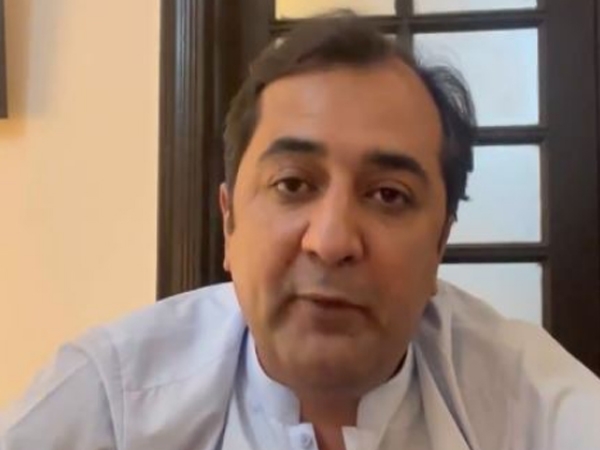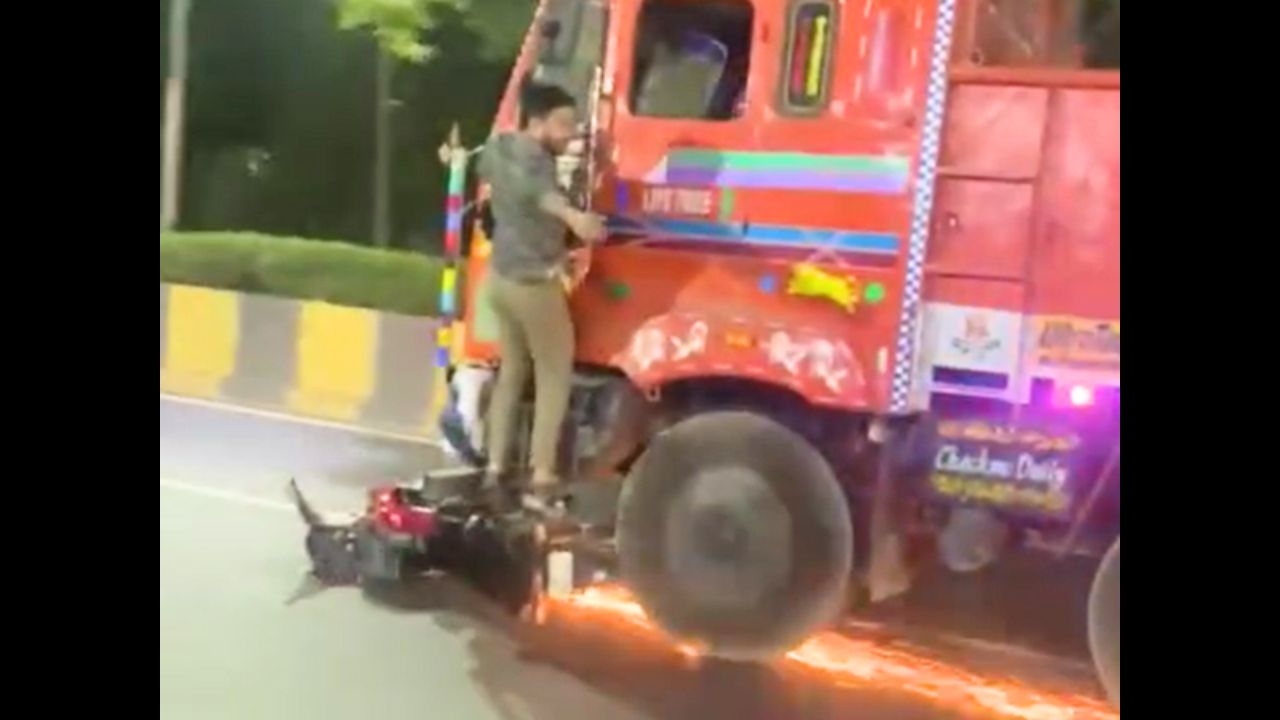Indian Army cracks down on Naga militants at Myanmar border
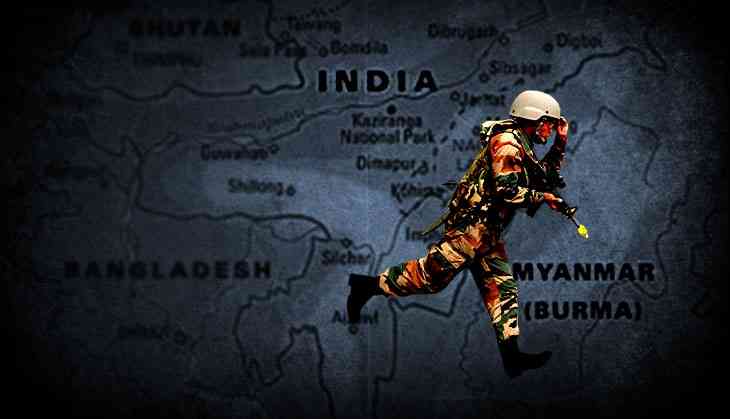
Indian Army early Wednesday morning encountered members of the banned National Socialist Council of Nagaland (Khaplang) [NSCN (K)] along the India-Myanmar border. It, however, refuted claims that it was a surgical strike.
“It is reiterated that own troops did not cross the international border,” the Eastern Command said.
The Army claimed to have caused “heavy damage to the insurgent group”. According to an Eastern Command statement, an Army column came under fire while operating along the border.
“Own troops reacted swiftly and brought down heavy retaliatory fire on the insurgents,” it said. The Army said it has inputs of a large number of casualties suffered by the insurgents.
An earlier tweet by the official handle of the Eastern Command identified the insurgent group as NSCN(K).
The Army did not release any photographs or the exact number of casualties.
Confusion on the number of casualties and the site of the encounter prevailed. Isak Sumi, a senior NSCN(K) operative based out of Myanmar, wrote about the operation. He claimed three Indian Army personnel died in firing and there were no casualties to the insurgent group.
The Army said the operation started at 4.45 AM. Sumi claimed the encounter began at 3 AM when a group of insurgents at a makeshift camp close to Langhku village, about 10-15 kilometres inside Myanmar, “detected a column of Indian Army”.
The encounter was on till 10 am, and it was an elite unit of the insurgent group, Sumi said.
Army’s Eastern Command denied any casualties to its troops.
NSCN(K) which abrogated the ceasefire agreement with Government of India government has been involved in a series of high-profile attacks on the Army.
In 2015, it had ambushed a convoy of the elite 6 Dogra Regiment in Manipur’s Chandel, killing 18 soldiers. Indian Army had retaliated with an operation carried out by the Special Forces, targeting NSCN(K) camps inside Sagaing division.
Concrete details of the number of casualties to the insurgents remained sketchy. Army Chief Bipin Rawat, then the general officer commanding in Dimapur oversaw the operation.
With an eye on China and insurgent outfits such as NSCN(K) and ULFA (I) operating with ease from the jungles of Myanmar, India shored up support to the Burmese Army with a hope of help in reining in these groups. Beside supplying weapons, and training the Burmese security forces, both sides have also increased security cooperation along the border.
Even as the rest of the world was targeting the Burmese military on its excesses in Rakhine, India, trying to strike a balance, was hosting the Burmese Navy Chief. Earlier, the Burmese Army chief was on an extensive visit to India. There have been a series of other high-profile visits by security officials.
Meanwhile, experts reckon that the death of SS Khaplang, the NSCN(K) chief who died in a camp in Taka in Sagaing division in June 2017, and the ensuing vacuum have given an opening to both India and Myanmar to take advantage of the post Khaplang scenario. Khaplang, a Hemi Naga was averse to talks with India.
The Union government has been seriously pushing for a settlement with the Nagas. After the framework agreement, a detailed agreement is expected soon, between the Indian government and the NSCN (Isak-Muivah).
To make sure that all the Naga groups are part of the exercise, leaders of the six major Naga outfits beside the NSCN (IM) were invited by the Centre’s interlocutor RN Ravi to take part in the talks.
According to a report as many as 16 leaders of the six groups: GPRN/NSCN, FGN, NNC, NPGN/NNC (NA), NSCN (R) and the NNC/GDRN were in Delhi for talks on Wednesday.
The leaders participating in the talks include Kitovi Zhimomi of GPRN/NSCN, Wangtin Naga and P Tikhak of NSCN-R, V Nogi of NNC, the report said.
Editing by Joyjeet Das

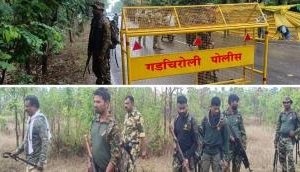




![BJP's Kapil Mishra recreates Shankar Mahadevan’s ‘Breathless’ song to highlight Delhi pollution [WATCH] BJP's Kapil Mishra recreates Shankar Mahadevan’s ‘Breathless’ song to highlight Delhi pollution [WATCH]](http://images.catchnews.com/upload/2022/11/03/kapil-mishra_240884_300x172.png)

![Anupam Kher shares pictures of his toned body on 67th birthday [MUST SEE] Anupam Kher shares pictures of his toned body on 67th birthday [MUST SEE]](http://images.catchnews.com/upload/2022/03/07/Anupam_kher_231145_300x172.jpg)


